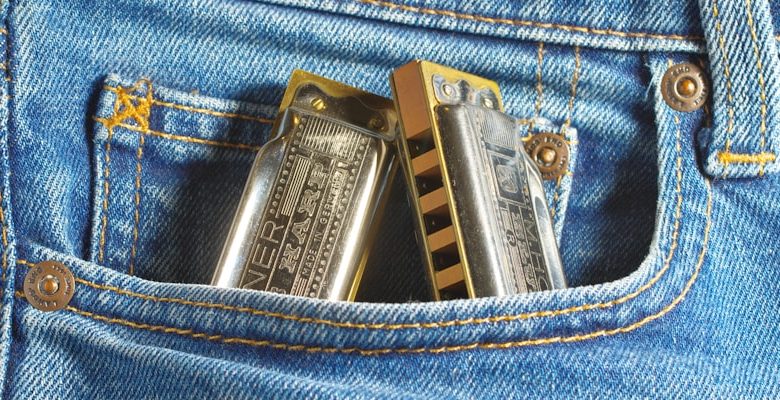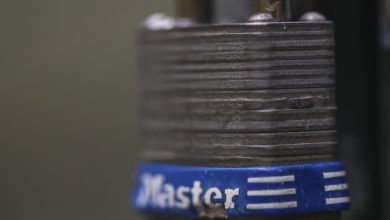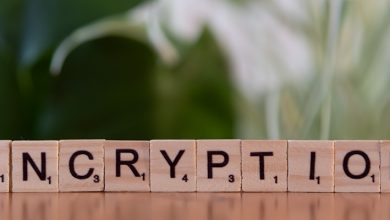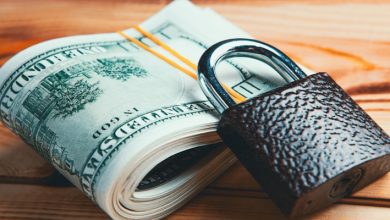How to Use Hardware Wallets for Maximum Protection

- Understanding the Importance of Hardware Wallets
- Choosing the Right Hardware Wallet for Your Needs
- Setting Up Your Hardware Wallet Securely
- Best Practices for Storing and Backing Up Your Hardware Wallet
- Using Multi-Signature and Passphrase Features for Added Security
- Protecting Your Cryptocurrency Investments with Hardware Wallets
Understanding the Importance of Hardware Wallets
Understanding the importance of hardware wallets is crucial when it comes to protecting your cryptocurrency assets. Unlike software wallets that are connected to the internet and are susceptible to hacking, hardware wallets store your private keys offline, making them much more secure.
Hardware wallets come in the form of physical devices that you can carry with you or store in a safe place. They require you to physically confirm transactions, adding an extra layer of security. This means that even if your computer or phone is compromised, your cryptocurrency will still be safe.
By using a hardware wallet, you can protect your investment from potential threats such as malware, phishing attacks, and keyloggers. It gives you peace of mind knowing that your funds are safe and secure, even in the face of sophisticated cyber attacks.
Overall, hardware wallets are an essential tool for anyone serious about safeguarding their cryptocurrency holdings. They offer the highest level of protection against unauthorized access and ensure that you have full control over your digital assets. Investing in a hardware wallet is a small price to pay for the peace of mind it brings.
Choosing the Right Hardware Wallet for Your Needs
When it comes to selecting the appropriate hardware wallet for your specific needs, there are a few key factors to consider. It is essential to choose a hardware wallet that offers a high level of security to protect your digital assets effectively. Look for features such as multi-signature support, PIN protection, and secure element technology to ensure that your funds are safe from hackers and other threats. Additionally, consider the compatibility of the hardware wallet with the cryptocurrencies you plan to store. Some wallets support a wide range of digital currencies, while others are more limited in their offerings. Lastly, take into account the ease of use and convenience of the hardware wallet. Opt for a device that is user-friendly and comes with clear instructions to make managing your funds as straightforward as possible. By carefully evaluating these factors, you can select the right hardware wallet to safeguard your digital assets.
Setting Up Your Hardware Wallet Securely
To set up your hardware wallet securely, it is essential to follow a few key steps to ensure maximum protection for your cryptocurrency assets. Firstly, before you even start the setup process, make sure you are in a secure and private location where no one can see your screen or access your device. This will help prevent any potential spying or hacking attempts during the setup process.
Next, carefully follow the manufacturer’s instructions that come with your hardware wallet. This typically involves connecting the device to your computer or smartphone, creating a new wallet, and setting up a strong PIN code. Make sure to choose a PIN code that is unique and not easily guessable, as this will be your first line of defense against unauthorized access to your funds.
After setting up your PIN code, you will usually be prompted to write down a seed phrase or recovery phrase. This is a series of 12, 18, or 24 words that can be used to recover your funds in case your hardware wallet is lost, stolen, or damaged. Write down this seed phrase on a piece of paper and store it in a safe place, away from prying eyes and potential hazards like fire or water damage.
Finally, once your hardware wallet is set up and your seed phrase is securely stored, make sure to double-check that everything is working properly before transferring any funds to your new wallet. Test sending a small amount of cryptocurrency to your hardware wallet and then sending it back to your exchange or another wallet to ensure that everything is functioning as expected.
By following these steps and taking the necessary precautions, you can set up your hardware wallet securely and protect your cryptocurrency assets from potential threats and attacks. Remember to keep your PIN code and seed phrase confidential and secure at all times to prevent unauthorized access to your funds.
Best Practices for Storing and Backing Up Your Hardware Wallet
When it comes to storing and backing up your hardware wallet, it is crucial to follow best practices to ensure the security of your cryptocurrency assets. Here are some tips to help you keep your funds safe:
- Store your hardware wallet in a secure location away from prying eyes and potential thieves.
- Make sure to keep your recovery seed phrase in a separate and secure location, such as a safe deposit box.
- Consider using a passphrase in addition to your seed phrase for an extra layer of security.
- Regularly update the firmware on your hardware wallet to protect against vulnerabilities.
- When backing up your wallet, consider using a combination of methods such as paper, encrypted USB drives, and cloud storage.
By following these best practices, you can help ensure that your cryptocurrency funds are safe and secure, even in the event of theft or loss of your hardware wallet. Remember, it’s always better to be safe than sorry when it comes to protecting your investments.
Using Multi-Signature and Passphrase Features for Added Security
One way to enhance the security of your hardware wallet is by utilizing multi-signature and passphrase features. Multi-signature, also known as multi-sig, requires more than one signature to authorize a transaction. This means that even if one of your private keys is compromised, the transaction cannot be completed without the additional signature(s).
Another layer of security you can add is using a passphrase in addition to your PIN code. A passphrase is an extra word or phrase that must be entered before accessing your wallet. It acts as a second factor of authentication, making it much harder for unauthorized individuals to gain access to your funds.
By combining multi-signature and passphrase features, you can significantly increase the security of your hardware wallet. This added protection makes it even more difficult for hackers to steal your cryptocurrencies, giving you peace of mind knowing that your assets are safe and secure.
Protecting Your Cryptocurrency Investments with Hardware Wallets
When it comes to protecting your cryptocurrency investments, using hardware wallets is one of the most secure options available. Hardware wallets are physical devices that store your private keys offline, making them less vulnerable to hacking and unauthorized access compared to online wallets.
By keeping your private keys offline, hardware wallets provide an extra layer of security that can help prevent unauthorized access to your cryptocurrency funds. This is especially important in the world of cryptocurrency, where cyber attacks and hacking attempts are becoming increasingly common.
Hardware wallets come in various shapes and sizes, with different features and levels of security. Some popular hardware wallet brands include Ledger, Trezor, and KeepKey. These wallets typically come with a secure element chip that helps protect your private keys from being exposed to potential threats.
When setting up a hardware wallet, it is important to follow the manufacturer’s instructions carefully to ensure that your private keys are securely stored. This usually involves creating a backup of your recovery seed phrase, which can be used to restore access to your funds in case your hardware wallet is lost or damaged.
Overall, using a hardware wallet is a smart choice for anyone looking to maximize the protection of their cryptocurrency investments. With the added security features and offline storage capabilities, hardware wallets provide peace of mind knowing that your funds are safe from cyber threats and unauthorized access.



